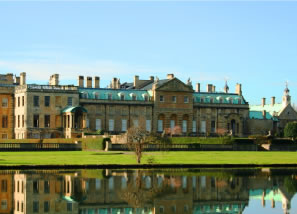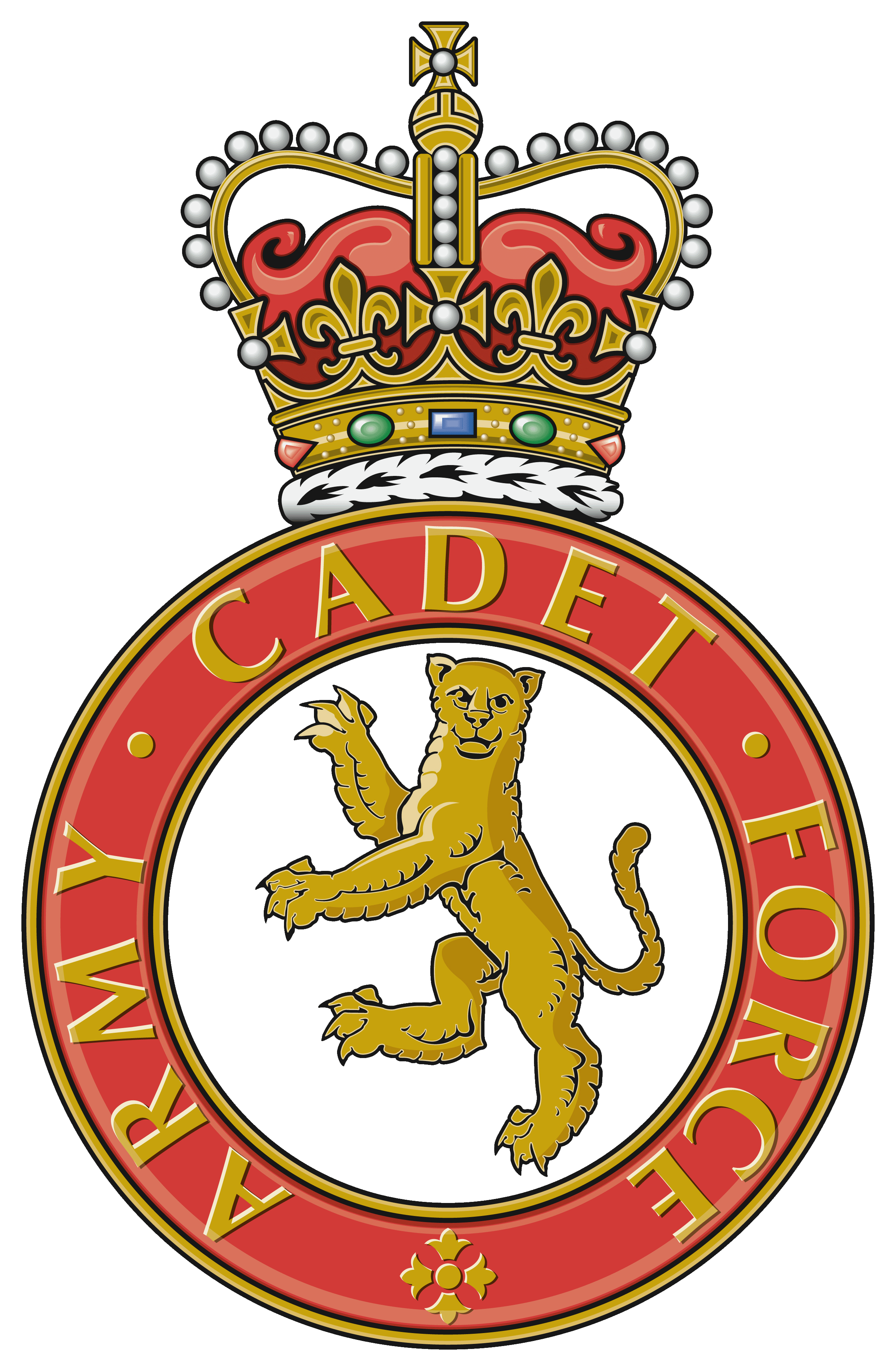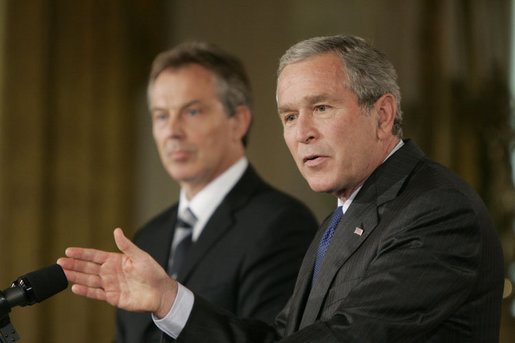|
Tim Cross
Major-General (United Kingdom), Major General Timothy Cross, Commander of the Order of the British Empire, CBE (born 19 April 1951) is a retired British Army officer and military logistics expert."Cross, Maj.-Gen. Timothy" ''Who's Who (UK), Who's Who'' 2011, A & C Black, 2011; online edn, Oxford University Press, December 2010. Retrieved 24 May 2011. He was commissioned in 1971 into the Royal Army Ordnance Corps and went on to serve in Germany, Northern Ireland and Cyprus, interspersed with staff duties and further education. He was posted to Paris in 1984, where he was involved in the development of the MILAN anti-tank weapon, before returning to his regiment as a company commander. He took command of 1 Ordnance Battalion in 1990 and was tasked with running logistics for 1st (United Kingdom) Division, 1st Armou ... [...More Info...] [...Related Items...] OR: [Wikipedia] [Google] [Baidu] |
Major-General (United Kingdom)
Major general (Maj Gen) is a "two-star" rank in the British Army and Royal Marines. The rank was also briefly used by the Royal Air Force for a year and a half, from its creation to August 1919. In the British Army, a major general is the customary rank for the appointment of division commander. In the Royal Marines, the rank of major general is held by the Commandant General. A Major General is senior to a Brigadier but subordinate to lieutenant general. The rank is OF-7 on the NATO rank scale, equivalent to a rear admiral in the Royal Navy or an air vice-marshal in the Royal Air Force and the air forces of many Commonwealth countries. The rank insignia is the star (or 'pip') of the Order of the Bath, over a crossed sword and baton. In terms of orthography, compound ranks were invariably hyphenated, prior to about 1980. Nowadays the rank is almost equally invariably non-hyphenated. When written as a title, especially before a person's name, both words of the rank are alw ... [...More Info...] [...Related Items...] OR: [Wikipedia] [Google] [Baidu] |
1st (United Kingdom) Division
The 1st (United Kingdom) Division, formerly known as the 1st (United Kingdom) Armoured Division and the 1st Division, is a division of the British Army. Divisional history (1809–1959) The 1st Division was formed following the disbandment of the 1st Infantry Division and was initially based with the British Army of the Rhine at Verden an der Aller in West Germany. Cold War During the 1970s, the division consisted of two "square" brigades, the 7th Armoured Brigade and 22nd Armoured Brigade. It became the 1st Armoured Division in 1976 and served with I (BR) Corps being based at Caithness and Shiel Barracks in Verden in Germany from 1978. After being briefly reorganised into two "task forces" ("Alpha" and "Bravo") in the late 1970s, it consisted of the 7th Armoured Brigade, the 12th Armoured Brigade and 22nd Armoured Brigade in the 1980s. The divisional badge dates from 1983, and combines the hollow red triangular "spearhead" badge of the 1st Infantry Division with the cha ... [...More Info...] [...Related Items...] OR: [Wikipedia] [Google] [Baidu] |
Welbeck Defence Sixth Form College
Welbeck Defence Sixth Form College (stylised as Welbeck – The Defence Sixth Form College), formerly named and often referred to as simply Welbeck College, was an independent, selective sixth form college in Leicestershire, England. While run as a sixth form college, the school was an institution of the Ministry of Defence and part of the Defence Academy of the United Kingdom. Founded in 1953, the school was originally based at Welbeck Abbey, where it provided A-level education for boys planning to join the technical branches of the British Army. By 2004, the school accepted both male and female students for all three branches of the armed forces and in 2005, the school was re-opened and relocated to a purpose-built site in Leicestershire, where it also began admitting potential civil servants for the Defence Engineering and Science Group within the Ministry of Defence. The school closed on 3 July 2021. History Foundation Recognising a decline in the number of cadets pass ... [...More Info...] [...Related Items...] OR: [Wikipedia] [Google] [Baidu] |
Army Cadet Force
The Army Cadet Force (ACF), generally shortened to Army Cadets, is a national youth organisation sponsored by the United Kingdom's Ministry of Defence and the British Army. Along with the Sea Cadet Corps and the Air Training Corps, the ACF make up the Community Cadet Forces. It is a separate organisation from the Combined Cadet Force which provides similar training within principally independent schools. Although sponsored by the Ministry of Defence, the ACF is not part of the British Army, and as such cadets are not subject to military 'call up'. Some cadets do, however, go on to enlist in the armed forces later in life, and many of the organisation's leaders have been cadets or have a military background. The Army Cadet Force Association (ACFA) is a registered charity that acts in an advisory role to the Ministry of Defence and other Government bodies on matters connected with the ACF. The Army Cadets is also a member of The National Council for Voluntary Youth Services (NC ... [...More Info...] [...Related Items...] OR: [Wikipedia] [Google] [Baidu] |
Church Of England
The Church of England (C of E) is the established Christian church in England and the mother church of the international Anglican Communion. It traces its history to the Christian church recorded as existing in the Roman province of Britain by the 3rd century and to the 6th-century Gregorian mission to Kent led by Augustine of Canterbury. The English church renounced papal authority in 1534 when Henry VIII failed to secure a papal annulment of his marriage to Catherine of Aragon. The English Reformation accelerated under Edward VI's regents, before a brief restoration of papal authority under Queen Mary I and King Philip. The Act of Supremacy 1558 renewed the breach, and the Elizabethan Settlement charted a course enabling the English church to describe itself as both Reformed and Catholic. In the earlier phase of the English Reformation there were both Roman Catholic martyrs and radical Protestant martyrs. The later phases saw the Penal Laws punish Ro ... [...More Info...] [...Related Items...] OR: [Wikipedia] [Google] [Baidu] |
Lay Reader
In Anglicanism, a licensed lay minister (LLM) or lay reader (in some jurisdictions simply reader) is a person authorised by a bishop to lead certain services of worship (or parts of the service), to preach and to carry out pastoral and teaching functions. They are formally trained and admitted to the office, but they remain part of the laity, not of the clergy. History Ancient office of reader From the third century the office of reader (or lector) became recognised as one of the minor orders of the clerical state. Candidates for ordained ministry (as deacons and priests) were first admitted to the sequence of minor orders, including that of lector or reader. The minor orders have been largely absent from the Anglican Church since the Reformation (with some localised exceptions) and in the Roman Catholic Church they have also been suppressed. However, the "ministry of reader" (in the Roman Catholic Church) and the office of reader or lay reader (in the Anglican Church) represent ... [...More Info...] [...Related Items...] OR: [Wikipedia] [Google] [Baidu] |
Iraq Inquiry
The Iraq Inquiry (also referred to as the Chilcot Inquiry after its chairman, Sir John Chilcot)My alternative to another round of Iraq whitewashing '''', 31 July 2009.Investigate UK abuses in Iraq ''The Guardian'', 14 August 2009. was a British public inquiry into the nation's role in the |
Coalition Provisional Authority
) , capital = Baghdad , largest_city = capital , common_languages = ArabicKurdishEnglish (''de facto'') , government_type = Transitional government , legislature = Iraqi Governing Council , title_leader = Administrator , leader1 = Jay Garner , leader2 = Paul Bremer , year_leader1 = 2003 , year_leader2 = 2003–2004 , title_deputy = Deputy Administrator , deputy1= Richard Jones , year_deputy1 = 2003–2004 , era = Iraq War , event_pre = Saddam Hussein and Ba'ath Party deposed , date_pre = 21 April 2003 , event_start=CPA established , date_start=16 May , year_start = 2003 , event_end = Interim government , date_end = 28 June , year_end = 2004 , stat_year1 = , stat_area1 = , stat_pop1 = , currency = Iraqi dinar , today=Iraq The Coalition Provisional Authority (CPA; ar, سلطة الائتلاف المؤقتة, ku, هاوپەيمانى دەسەڵاتى كاتى) was a transitional government of Iraq established following the invasio ... [...More Info...] [...Related Items...] OR: [Wikipedia] [Google] [Baidu] |
2003 Invasion Of Iraq
The 2003 invasion of Iraq was a United States-led invasion of the Republic of Iraq and the first stage of the Iraq War. The invasion phase began on 19 March 2003 (air) and 20 March 2003 (ground) and lasted just over one month, including 26 days of major combat operations, in which a combined force of troops from the United States, the United Kingdom, Australia, and Poland invaded Iraq. Twenty-two days after the first day of the invasion, the capital city of Baghdad was captured by Coalition forces on 9 April 2003 after the six-day-long Battle of Baghdad. This early stage of the war formally ended on 1 May 2003 when U.S. President George W. Bush declared the "end of major combat operations" in his Mission Accomplished speech, after which the Coalition Provisional Authority (CPA) was established as the first of several successive transitional governments leading up to the first Iraqi parliamentary election in January 2005. U.S. military forces later remained in Iraq unt ... [...More Info...] [...Related Items...] OR: [Wikipedia] [Google] [Baidu] |
2 Star Rank
An officer of two-star rank is a senior commander in many of the armed services holding a rank described by the NATO code of OF-7. The term is also used by some armed forces which are not NATO members. Typically, two-star officers hold the rank of rear admiral, counter admiral, major general, divisional general, or in the case of those air forces with a separate rank structure, air vice-marshal. Australia In the Australian Defence Force the following ranks of commissioned officers are awarded two-star ranks: * Rear admiral (Royal Australian Navy two-star rank) *Major general (Australian Army two-star rank) *Air vice-marshal (Royal Australian Air Force two-star rank) Bangladesh *Air vice-marshal (Bangladesh Air Force two-star rank) *Major-general (Bangladesh Army two-star rank) * Rear admiral (Bangladesh Navy two-star rank) Brazil * General de Brigada ( Brazilian Army two-star rank) * Contra Almirante (Brazilian Navy two-star rank) *Brigadeiro ( Brazilian Air Force two- ... [...More Info...] [...Related Items...] OR: [Wikipedia] [Google] [Baidu] |
Kosovo Force
The Kosovo Force (KFOR) is a North Atlantic Treaty Organization, NATO-led international NATO peacekeeping, peacekeeping force in Kosovo. Its operations are gradually reducing until Kosovo Security Force, Kosovo's Security Force, established in 2009, becomes self sufficient. KFOR entered Kosovo on 11 June 1999, two days after the adoption of UN Security Council Resolution 1244. At the time, Kosovo was facing a grave humanitarian crisis, with Military of Serbia and Montenegro, military forces from Serbia and Montenegro, Yugoslavia in action against the Kosovo Liberation Army (KLA) in daily engagements. Nearly one million people had fled Kosovo as refugees by that time, and many did not permanently return. KFOR is gradually transferring responsibilities to the Kosovo Police and other local authorities. Currently, 28 states contribute to the KFOR, with a combined strength of approximately 4,000 military and civilian personnel. The mission was initially called Operation Joint Guardi ... [...More Info...] [...Related Items...] OR: [Wikipedia] [Google] [Baidu] |
SFOR
The Stabilisation Force in Bosnia and Herzegovina (SFOR) was a NATO-led multinational peacekeeping force deployed to Bosnia and Herzegovina after the Bosnian war. Although SFOR was led by NATO, several non-NATO countries contributed troops. It was replaced by EUFOR Althea in December 2004. Mission The stated mission of SFOR was to "deter hostilities and stabilise the peace, contribute to a secure environment by providing a continued military presence in the Area Of Responsibility (AOR), target and co-ordinate SFOR support to key areas including primary civil implementation organisations, and progress towards a lasting consolidation of peace, without further need for NATO-led forces in Bosnia and Herzegovina". Structure and history SFOR was established in United Nations Security Council Resolution 1088, Security Council Resolution 1088 on 12 December 1996. It succeeded the much larger Implementation Force IFOR which was deployed to Bosnia and Herzegovina on 20 December 1995 with ... [...More Info...] [...Related Items...] OR: [Wikipedia] [Google] [Baidu] |






